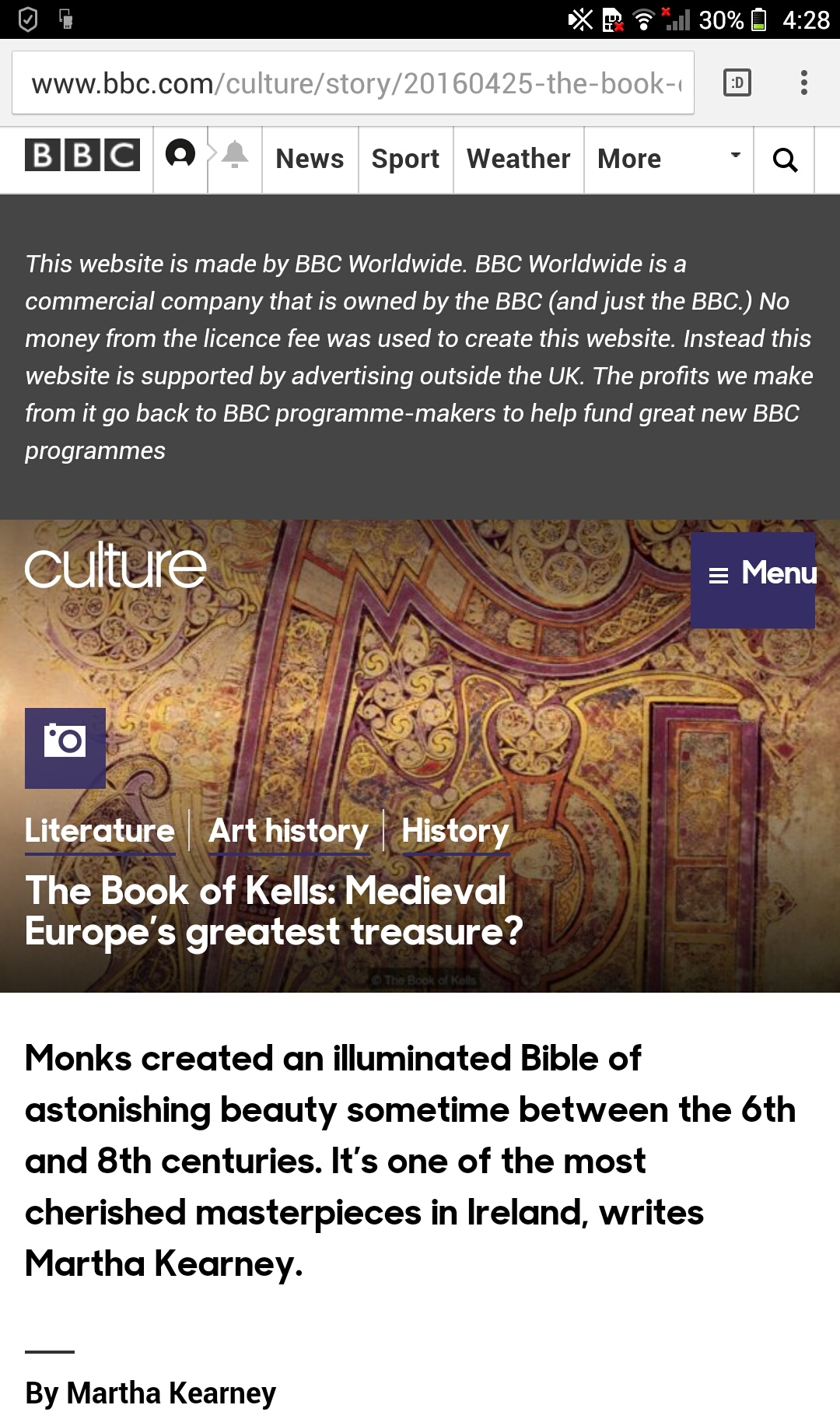Is type hinting for screens still relevant? Should new type designers learn it?
Comments
-
@Mike Duggan
Thinking about VF and ideographs, it is almost impossible to hint a variable CJK font satisifies the “screen display quality”. You know how complex they are. Ideographs seldom share positions and stroke (stem) widths among characters, so the `cvar` mechanism cannot be used in this situation.-1 -
What are the URLs for those screenshots?Mike Duggan said:Worse than no hinting, is bad autohinting.0
-
Hi Dave, am travelling this week, I can try find the urls if you really need them? The BBC culture site should be easy enough to find1
-
Here's what Superclarendon's web hinting is supposed to look like (click the web font demo tab).
https://www.fontspring.com/fonts/typodermic/super-clarendon/super-clarendon-light#fontface
https://www.fontspring.com/fonts/typodermic/super-clarendon/super-clarendon-regular#fontface
0 -
Book of Kells look very decent on android chrome - maybe the problem is windows or MSIE :-) -1
-1 -
Seeing the largest platform as "the problem" is anti-design.
1 -
Hi Ray, thanks, it looks a lot better there. I have been working with MyFonts on getting improved autohinting, and they have made a lot of improvements lately, using TTFAutohint, for many fonts. it seems they didn't get to update Superclarendon1
-
Book of Kells look very decent on android chrome - maybe the problem is windows or MSIE :-)
Do you guys know how Android handles hinting? I was told it ignores hinting instructions most of the times... If so, the problem comes from Curious Sans. I checked the link on Win10 Chrome, MSIE, Firefox and Edge and the problem is consistent among these. Pic below is from Chrome.
 0
0 -
It is from an android phone.Mike Duggan said:0 -
yes ok, thanks, so I assume its higher resolution, which may or not be using the hinting in Android. so the problem exists in the hints.1
-
Mike Duggan said:Hi Ray, thanks, it looks a lot better there. I have been working with MyFonts on getting improved autohinting, and they have made a lot of improvements lately, using TTFAutohint, for many fonts. it seems they didn't get to update Superclarendon
Aha, so this badness is the result either a non-ttfa autohinter, or, an old ttfa? Thanks for sharing the links!!
Please could you ask the MyFonts person to drop me a private email, I'd like to discuss 0
0
Categories
- All Categories
- 46 Introductions
- 3.9K Typeface Design
- 487 Type Design Critiques
- 564 Type Design Software
- 1.1K Type Design Technique & Theory
- 656 Type Business
- 861 Font Technology
- 29 Punchcutting
- 521 Typography
- 119 Type Education
- 325 Type History
- 77 Type Resources
- 112 Lettering and Calligraphy
- 33 Lettering Critiques
- 79 Lettering Technique & Theory
- 559 Announcements
- 94 Events
- 114 Job Postings
- 170 Type Releases
- 180 Miscellaneous News
- 276 About TypeDrawers
- 54 TypeDrawers Announcements
- 120 Suggestions and Bug Reports




